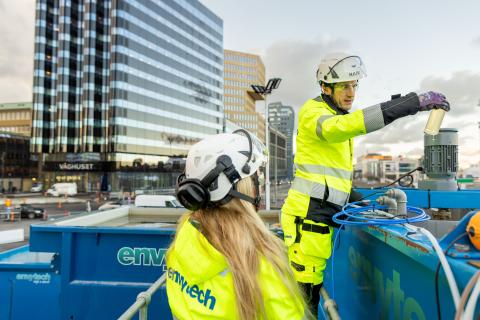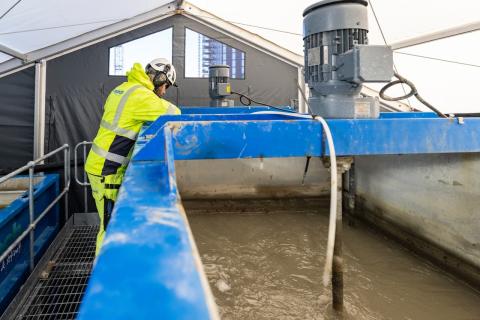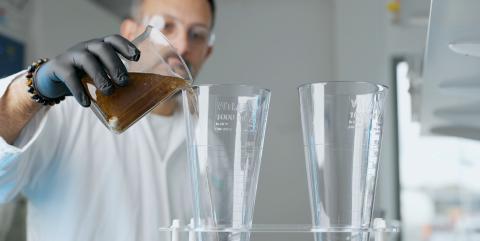
Fundamental Processes in Water Treatment
The Most Common Steps in a Water Treatment System
Water treatment utilizes a combination of techniques to effectively remove contaminants and ensure compliance with applicable discharge regulations. Below, we outline the most common techniques used in water treatment projects, including some advanced methods designed to address specific contaminants. However, each project requires tailored solutions based on its unique needs and conditions.
1. pH-adjustment
pH adjustment is often a crucial first step in water treatment, as many chemical processes operate most effectively within specific pH ranges. By adjusting pH levels, the efficiency of coagulation and precipitation chemicals is enhanced, optimizing the treatment process and reducing chemical consumption.
2. Coagulation
Coagulation is used to remove dissolved substances in water, such as metals and phosphates, by adding chemicals that cause these dissolved substances to transform into solid particles. These particles can then be aggregated through flocculation and separated via sedimentation or filtration. In some cases, pH adjustment can further enhance the coagulation process by creating optimal conditions for precipitation.
3. Flocculation
Flocculation is used to aggregate small particles in water into larger clusters, known as flocs, which can then be removed through sedimentation or filtration. This step is essential for removing suspended particles and particle-bound contaminants. The flocculation process is often combined with sedimentation to maximize separation efficiency.
4. Sedimentation
Sedimentation is a fundamental technique where particles are separated from water by settling at the bottom of sedimentation containers or lamella separators. This method is both simple and effective and is often used in combination with flocculation and coagulation to manage large amounts of suspended material.
5. Filtration
Filtration is a versatile technique used to remove both particles and dissolved contaminants, such as heavy metals, PFAS, and organic compounds. We utilize various filter media, including activated carbon, sand filters, and ion exchangers, depending on the nature of the contaminants.
For more complex water compositions, pre-treatment methods such as coagulation, flocculation, or lamella separation may be necessary to remove particles and enhance the efficiency and lifespan of the filters.
6. Foam Fractionation
Foam fractionation is an innovative and high-tech method that leverages the surface-active properties of contaminants to efficiently separate them from water. The technique involves injecting fine air bubbles into the water, where pollutants such as PFAS molecules attach to the bubbles and rise to the surface as a stable foam. The foam is then systematically removed.
This method is particularly effective for PFAS remediation due to its ability to concentrate and eliminate even small amounts of these persistent contaminants. Foam fractionation offers the advantage of being a sustainable solution, as it does not require chemical additives or filter media. Additionally, the process generates minimal residual waste, making it both environmentally friendly and cost-effective.
By combining these technologies based on project needs, we provide optimized and efficient water treatment solutions. Our methods ensure that the treated water meets all discharge regulations while supporting smooth and sustainable project execution.



